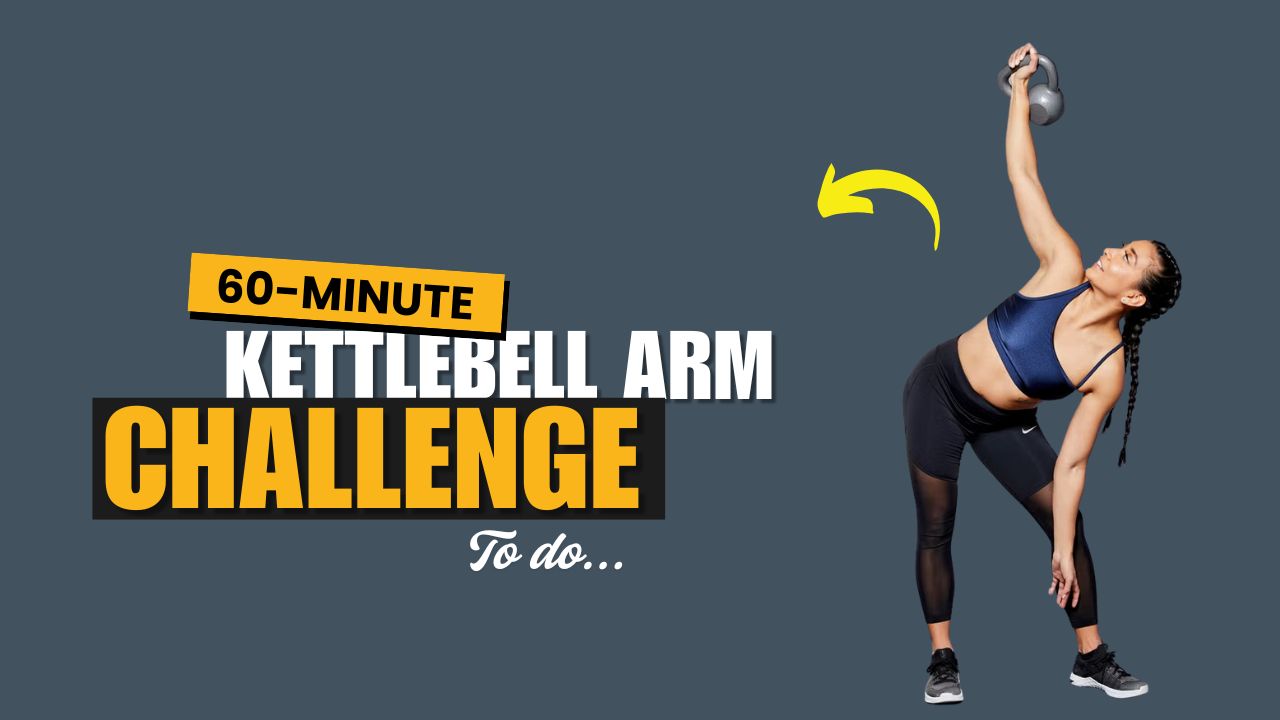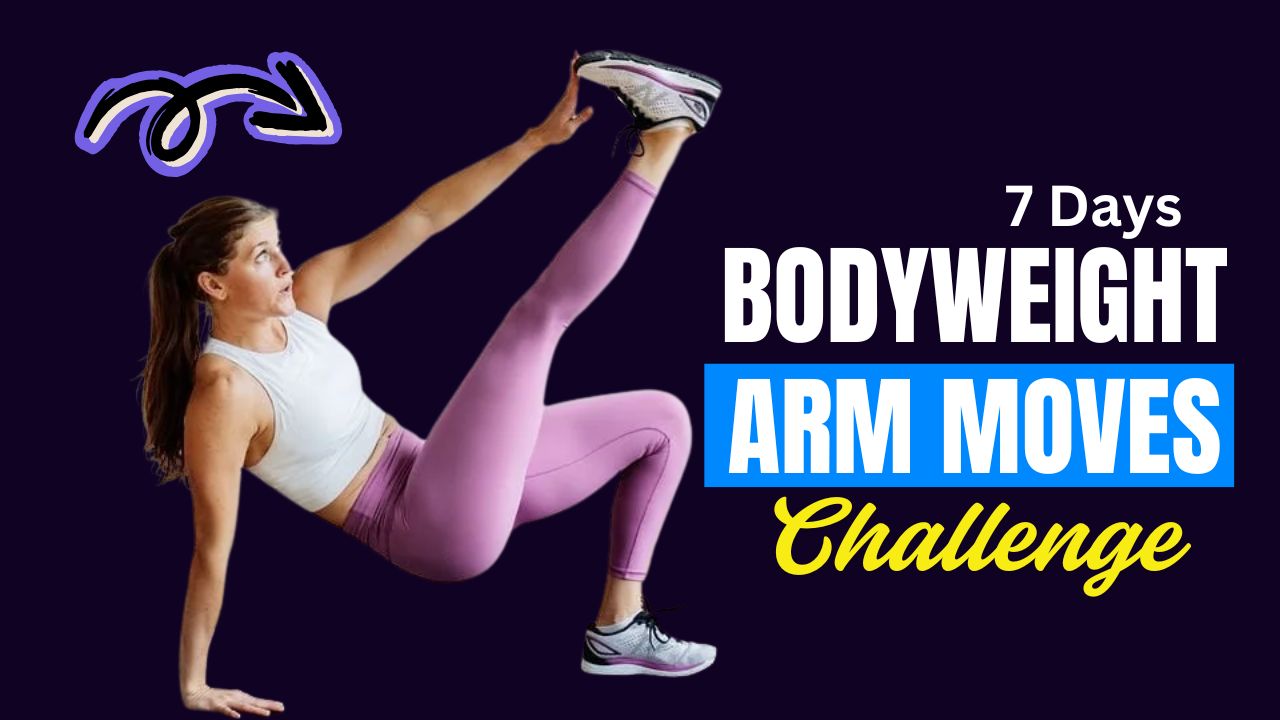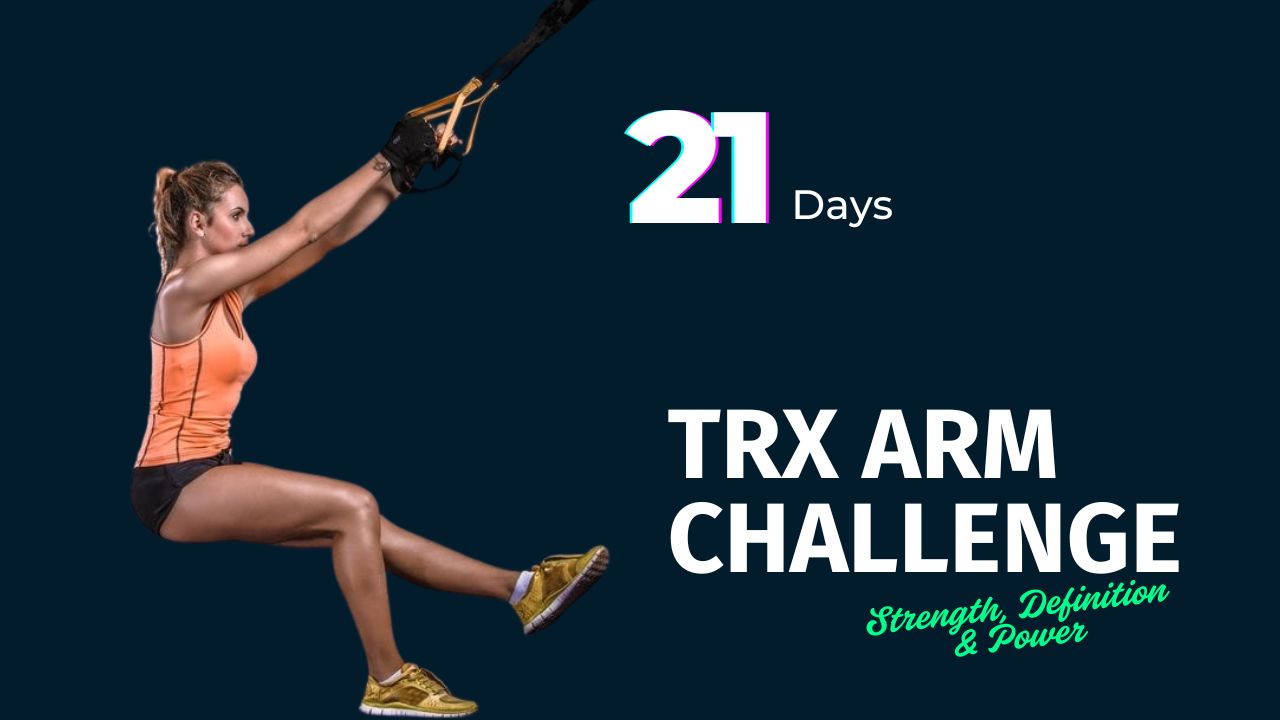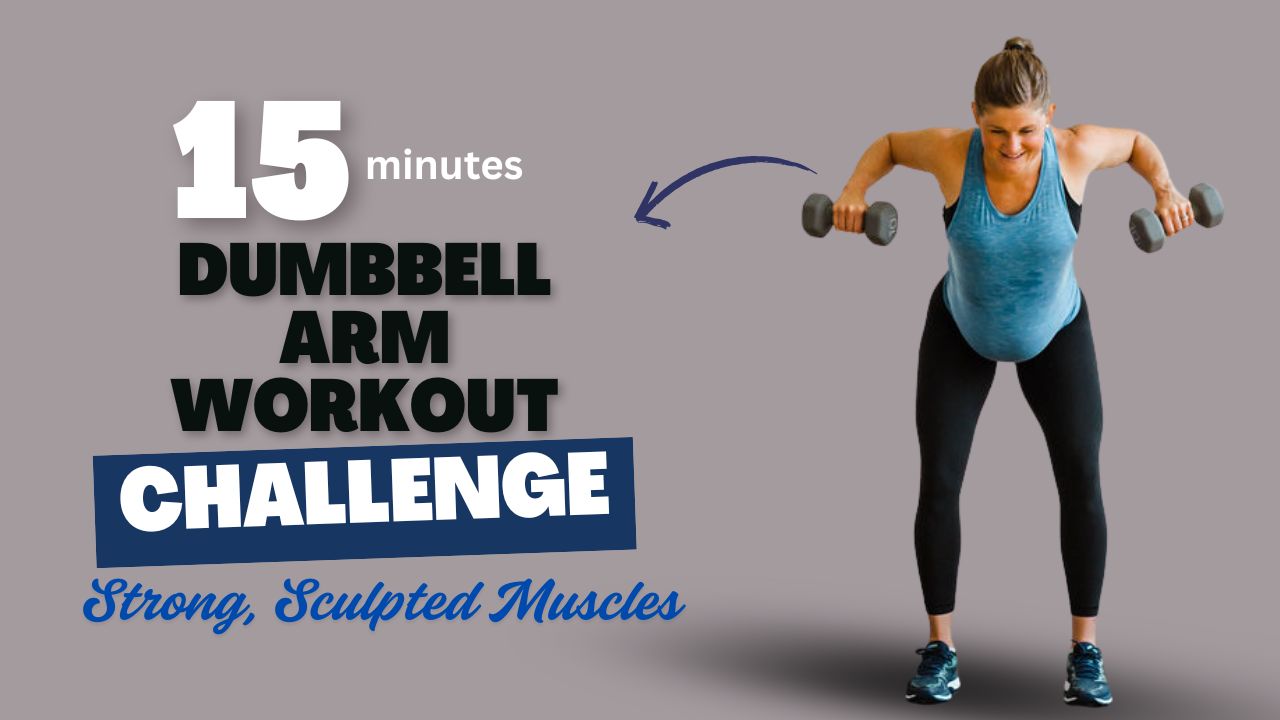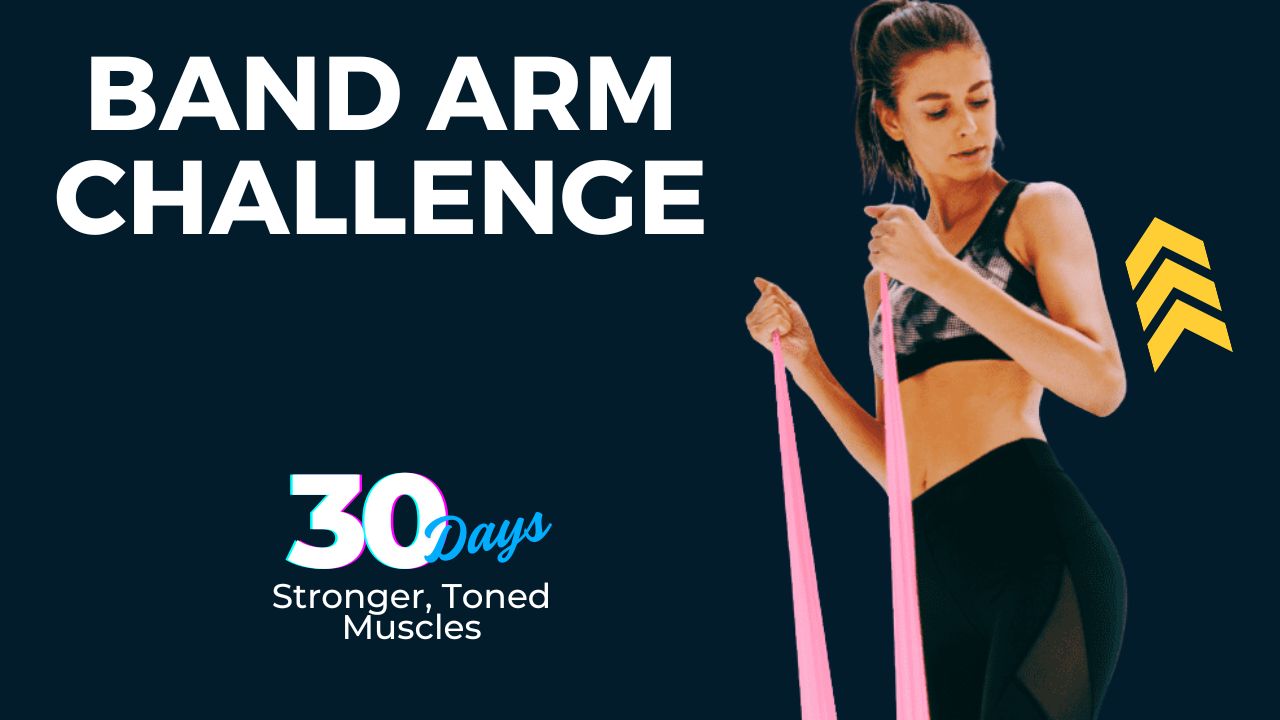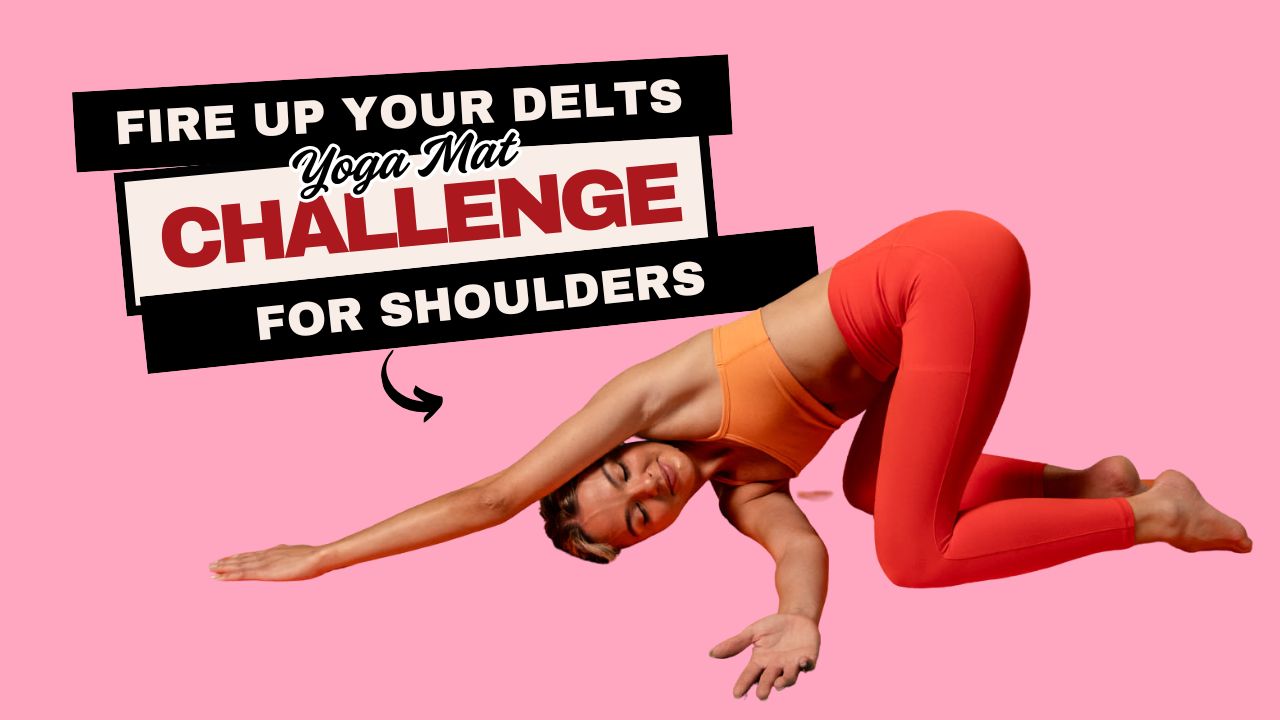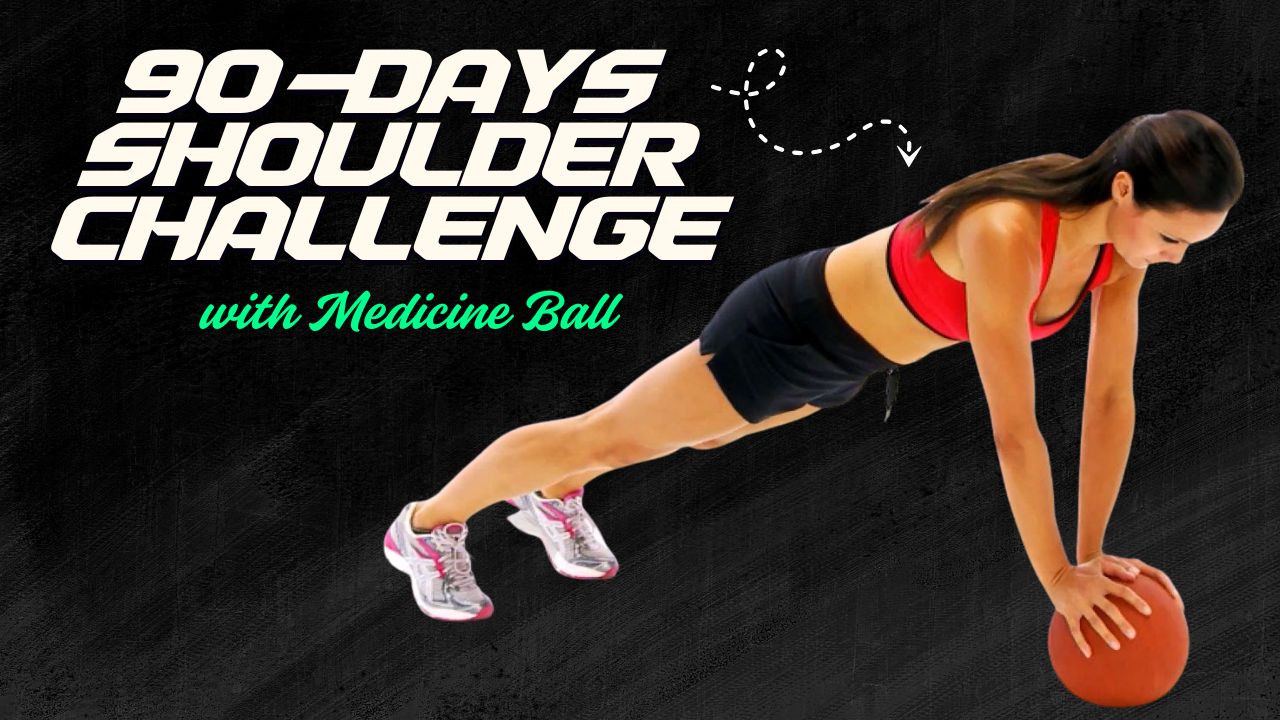Want delts that pop from every angle—even under a hoodie? Forget just pressing dumbbells. If you’re chasing those sculpted, 3D shoulders that look chiseled under any light, cable machines are your secret weapon.
Cable shoulder exercises don’t just isolate your muscles—they keep constant tension throughout the movement, forcing your delts to work harder and grow stronger.
Plus, they’re joint-friendly and incredibly versatile, perfect whether you’re a beginner or seasoned lifter.
Do you know?
Most people only train their front delts unknowingly (thanks to all the pressing), ignoring the side and rear delts that give your shoulders that “boulder” effect. Cables help correct this imbalance.
Below are 7 of the most effective cable shoulder exercises to develop well-rounded, powerful deltoids—along with step-by-step instructions and key benefits for each.
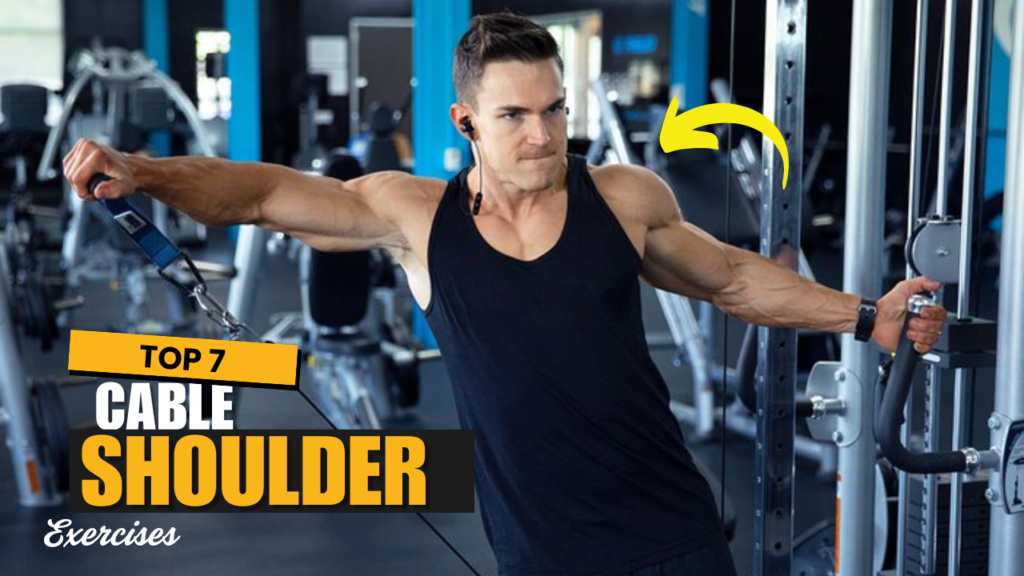
Table of Contents
What Can Happen After 30 Days of Cable Shoulder Exercises
| Changes You May Notice | Description |
|---|---|
| Increased Shoulder Definition | Your delts will start looking more toned and sculpted, especially the side and rear heads. |
| Better Muscle Symmetry | Unilateral cable moves help correct imbalances between left and right shoulders. |
| Improved Mind-Muscle Connection | You’ll feel stronger activation and control during each rep. |
| Greater Shoulder Stability | Stronger rear delts and rotator cuff support improves overall joint health. |
| Posture Improvement | Strengthening the upper back and rear delts reduces slouching and rounds the shoulders back. |
| Enhanced Range of Motion | Cable training allows you to move more freely and develop better flexibility. |
| Boost in Workout Confidence | More control, better performance, and visible results will motivate you to stay consistent. |
| Noticeable Strength Gains | You’ll be able to lift slightly heavier and handle more reps with perfect form. |
Also Read: 10 Barbell Core Workouts to Sculpt Rock-Solid Abs Fast
Do’s and Don’ts of Cable Shoulder Exercises
| Do’s | Don’ts |
|---|---|
| Warm up your shoulders with dynamic stretches before starting. | Don’t lift too heavy and compromise form. |
| Focus on slow, controlled reps to maintain tension. | Don’t use momentum or swing your body. |
| Adjust the cable height according to the exercise. | Don’t keep the pulley too high/low for the wrong movement. |
| Train all three delt heads: front, side, and rear. | Don’t just focus on front delts or pressing exercises only. |
| Use full range of motion for better muscle activation. | Don’t cut the motion short or rush reps. |
| Incorporate unilateral (one-arm) exercises to fix imbalances. | Don’t ignore weaker sides or overtrain one arm. |
| Maintain a stable core and proper posture throughout. | Don’t arch your back or shrug your shoulders unintentionally. |
| Use cable variations as part of a balanced program. | Don’t rely only on cables for shoulder growth. |
| Breathe steadily—exhale on effort, inhale on return. | Don’t hold your breath or rush breathing. |
| Cool down and stretch your shoulders after the workout. | Don’t skip post-workout recovery or overtrain. |
1. Cable Lateral Raise
Target: Side Delts
Why It’s Gold: Builds width and that coveted V-taper appearance.
How to Do It:
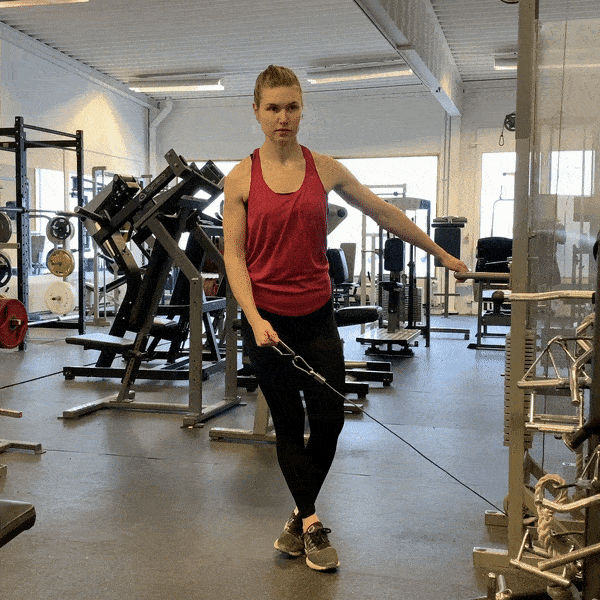
- Attach a single handle to the low pulley.
- Stand side-on to the machine, grabbing the handle with your outside hand.
- Keep your arm slightly bent and raise it to shoulder height.
- Pause, then slowly lower back down. Repeat all reps, then switch sides.
Pro Tip: Don’t swing! Use a lighter weight to control the motion.
Benefit:
Unlike dumbbell raises, cables keep tension at both the top and bottom of the lift—perfect for maximal delt activation.
Also Read: 13 Barbell Shoulder Exercises To Gain Mass & Shape
2. Cable Front Raise (Single Arm)
Target: Front Delts
Why You Need It: Ideal for improving shoulder symmetry and front delt definition.
How to Do It:
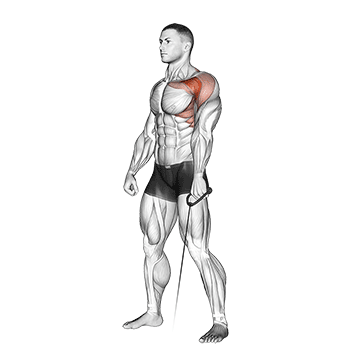
- Attach a single handle to the low pulley.
- Face away from the machine and grip the handle with one hand.
- With your palm facing down, lift your arm straight in front of you to shoulder level.
- Pause, then return under control.
Interesting Fact:
Overtraining the front delts can lead to poor posture—this single-arm version lets you balance development with precision.
Benefit:
Builds that capped look from the front and improves shoulder aesthetics for push-heavy routines.
3. Reverse Cable Fly (Crossover Rear Delt)
Target: Rear Delts
Why You’re Probably Missing It: The rear delts are often forgotten but are crucial for 3D shoulders.
How to Do It:
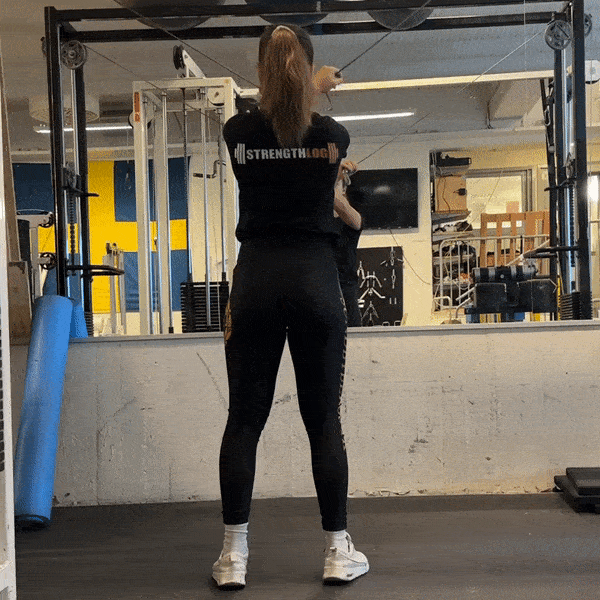
- Set two high pulleys with single handles.
- Grab the left pulley with your right hand and the right pulley with your left hand (crossed position).
- With arms extended, pull the cables outward and backward in a reverse fly motion.
- Squeeze your shoulder blades, then return slowly.
Myth Busted:
Rear delts don’t get enough work from rows alone. You need direct isolation like this.
Benefit:
Improves posture, enhances the back shoulder cap, and balances the whole shoulder girdle.
4. Cable Upright Row
Target: Side and Rear Delts + Traps
Why It’s Effective: Hits multiple shoulder heads in one fluid motion.
How to Do It:
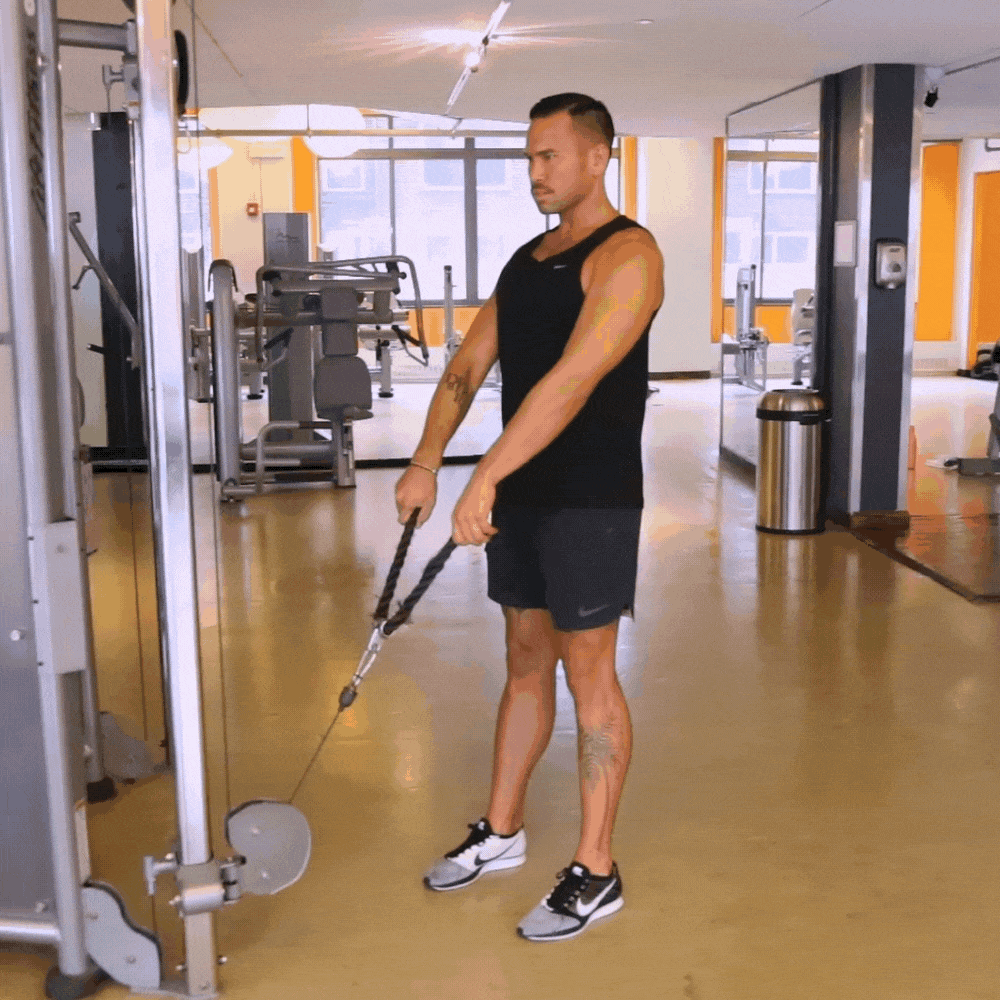
- Attach a straight or EZ bar to a low pulley.
- Grip the bar with a shoulder-width overhand grip.
- Pull the bar straight up to chest level, elbows flared out.
- Pause, then slowly lower.
Tip:
Avoid pulling too high (above your collarbone) to prevent shoulder impingement.
Benefit:
Great for overall delt mass and trap development—adds thickness to the upper body.
Also Read: 13 Dumbbell-Only Calf Workouts to Add Volume, Strength & Shape
5. Single Arm Cable Rear Delt Row
Target: Rear Delts (with Rhomboids)
Why It’s Unique: Combines pulling and isolation for rear shoulder strength.
How to Do It:
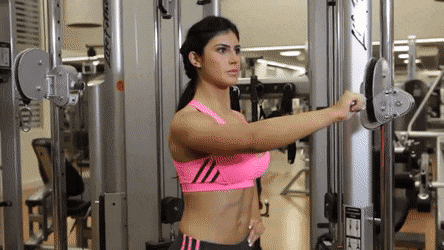
- Set a cable to shoulder height with a single handle.
- Grab the handle and step back slightly, keeping your torso square.
- Row the handle towards your face, elbow flared at shoulder height.
- Pause and contract the rear delt, then release slowly.
Interesting Insight:
Most people mistake this for a regular row. The rear delt row emphasizes the shoulder, not the lat!
Benefit:
Builds pulling power and rear delt thickness—excellent for shoulder balance and injury prevention.
6. Cable Shoulder Press
Target: Front & Side Delts
Why It’s Versatile: Combines compound movement with cable tension for continuous load.
How to Do It:
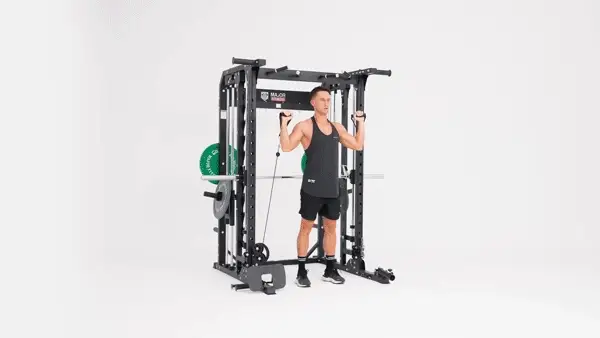
- Set cables at the lowest pulley with D-handles in each hand.
- Stand in the center, handles by your shoulders, elbows bent.
- Press the cables overhead in an arc.
- Pause at the top, then lower under control.
Pro Tip:
Step one foot forward for stability—it helps control the press motion.
Benefit:
Mimics the dumbbell press but with resistance at every angle—improves strength and definition.
7. Cable Y-Raise
Target: All 3 Delts (Emphasis on Upper + Rear)
Why It’s a Hidden Gem: Excellent warm-up or finisher that activates multiple shoulder heads.
How to Do It:
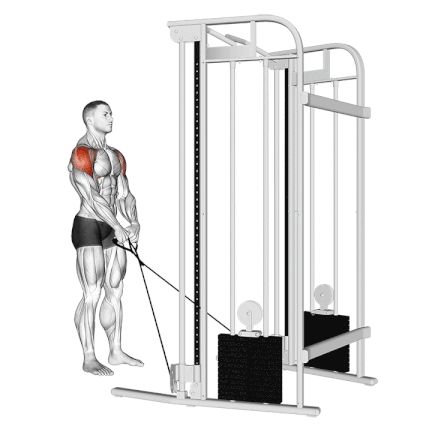
- Set the cables to the lowest setting and grab one handle in each hand.
- Cross the cables and step back until there’s tension.
- With arms extended, raise them diagonally into a “Y” shape.
- Squeeze at the top, then lower slowly.
Do You Know?
The Y-raise mimics the movement of a shoulder joint at full elevation—great for rotator cuff health too!
Benefit:
Perfect for shoulder prehab/rehab, enhancing mobility while building endurance and definition.
Also Read: 13 Dumbbell Quad Exercises That Will Make Your Thighs Strong
Final Thoughts
Cable machines aren’t just for arms and abs—they’re an underrated goldmine for sculpting perfect shoulders. These 7 exercises will help you isolate and build every part of the delts while protecting your joints and optimizing form.
- ✅ Balanced growth? Check.
- ✅ 3D aesthetic? Absolutely.
- ✅ Constant tension? Cables deliver that all day.
Mix and match 3–4 of these moves into your shoulder day, and watch your delts transform from soft to solid stone boulders.
Frequently Asked Questions (FAQs)
Can cable exercises really build big shoulders?
Yes! Cable exercises are highly effective for shoulder growth. They provide continuous tension throughout the entire range of motion, which leads to more muscle activation and better hypertrophy compared to free weights alone. They’re especially useful for isolating specific parts of the delts—front, side, or rear.
How many cable shoulder exercises should I do in one workout?
Ideally, include 3 to 4 different cable shoulder exercises per session. Focus on targeting all three heads of the deltoid—front, lateral, and rear—for balanced development. You can combine compound (like Cable Shoulder Press) and isolation movements (like Cable Lateral Raise) for optimal results.
Are cable shoulder exercises suitable for beginners?
Absolutely. Cables are beginner-friendly because they offer controlled, guided resistance. They reduce the risk of poor form and joint strain, making them safer than heavy free weights. Beginners can start with lighter resistance and progress gradually.
How often should I train shoulders using cables?
You can train your shoulders using cables 1–2 times per week, depending on your split and recovery. One session can focus on strength and pressing movements, while the second can emphasize cable-based isolation for detail and balance.
Can cable exercises help with shoulder imbalances?
Yes. Cable machines allow for unilateral training, meaning you can work one arm at a time. This helps identify and correct strength or size imbalances between the left and right shoulder.
Do cable shoulder workouts help with posture?
Definitely. Exercises like the Reverse Cable Fly and Single-Arm Rear Delt Row strengthen the rear delts and upper back, which are crucial for maintaining good posture and counteracting forward shoulder rounding.
What’s the best cable shoulder exercise for the side delts?
The Cable Lateral Raise is the top pick for side delts. It offers better tension than dumbbells at both the bottom and top of the movement, helping you develop that wide, V-tapered look.
Can I do a full shoulder workout using only cables?
Yes! You can build a complete shoulder routine using cables alone. Mix in pressing, lateral raises, front raises, and rear delt-focused movements to hit all heads of the deltoid effectively.


